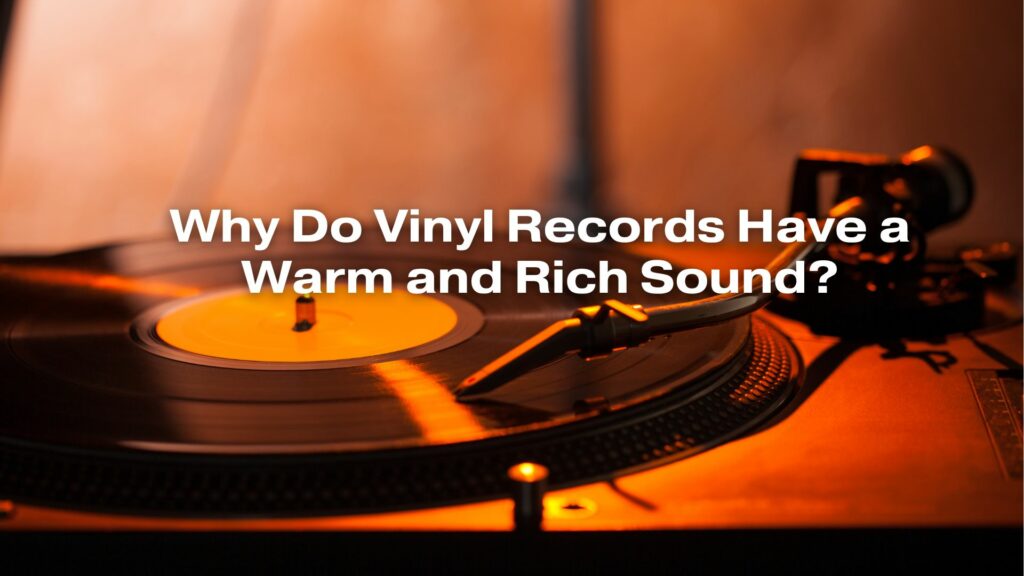Vinyl records are often praised for their warm and rich sound, which is distinct from the sound of digital formats like CDs or streaming. Several factors contribute to this characteristic sound quality:
Analog Sound Reproduction: Vinyl records are an analog format, meaning they capture and reproduce sound using a continuous physical representation of the audio waveform. When a stylus (needle) comes into contact with the grooves on a vinyl record, it translates the grooves’ variations into electrical signals, which are then amplified and played through speakers. This analog nature results in a continuous, smooth, and natural representation of the original sound.
Groove and Vinyl Characteristics: The physical grooves on a vinyl record are responsible for translating audio into sound. The depth, width, and shape of these grooves are directly related to the original audio signal. The stylus’s contact with these grooves causes vibrations, which are transformed into sound. The vinyl’s material properties, such as density and resilience, also influence the sound. These characteristics contribute to the warmth and richness of the vinyl sound.
Vinyl Distortion: Vinyl records introduce a form of distortion, often referred to as “vinyl distortion.” This distortion can be harmonic in nature and is part of what gives vinyl records their warmth. It softens transients and high-frequency sounds, which can lead to a more pleasing listening experience.
Dynamic Range: Vinyl records tend to have a wider dynamic range than digital formats. This means they can capture the full breadth of sound, from the quietest moments to the loudest peaks, without compression or clipping. The increased dynamic range provides a more realistic and lifelike listening experience.
Mastering and Pressing: The mastering and pressing processes of vinyl records play a significant role in their sound quality. Skilled mastering engineers carefully prepare the master lacquer, and experienced pressing plants can produce high-quality vinyl records. The quality of the pressing, including the vinyl’s thickness and quality, can affect the overall sound.
Analog Warmth and Coloration: Vinyl records often introduce a subtle coloration to the sound. This coloration is sometimes described as warm, which many listeners find appealing. It is characterized by a slight emphasis on midrange frequencies, contributing to the overall richness and character of the sound.
Listening Ritual: The physicality of vinyl records, including the need to handle and cue the stylus, adds to the listening experience. Many people enjoy the tactile nature of vinyl and the ritual of playing a record. This can enhance the perception of warmth and richness.
It’s important to note that the warm and rich sound of vinyl records is subjective and can vary based on personal preferences, audio equipment, and the quality of the vinyl record itself. While vinyl records are beloved for their unique sound qualities, they may not necessarily be considered “better” than digital formats. The choice between vinyl and digital audio ultimately comes down to individual taste and the listening experience one prefers.


